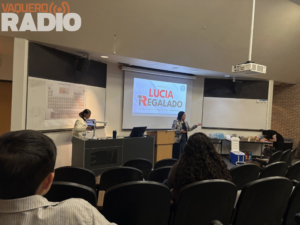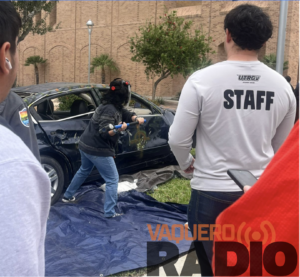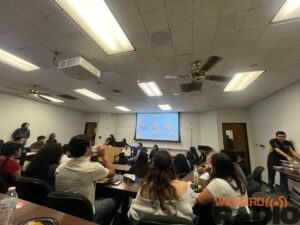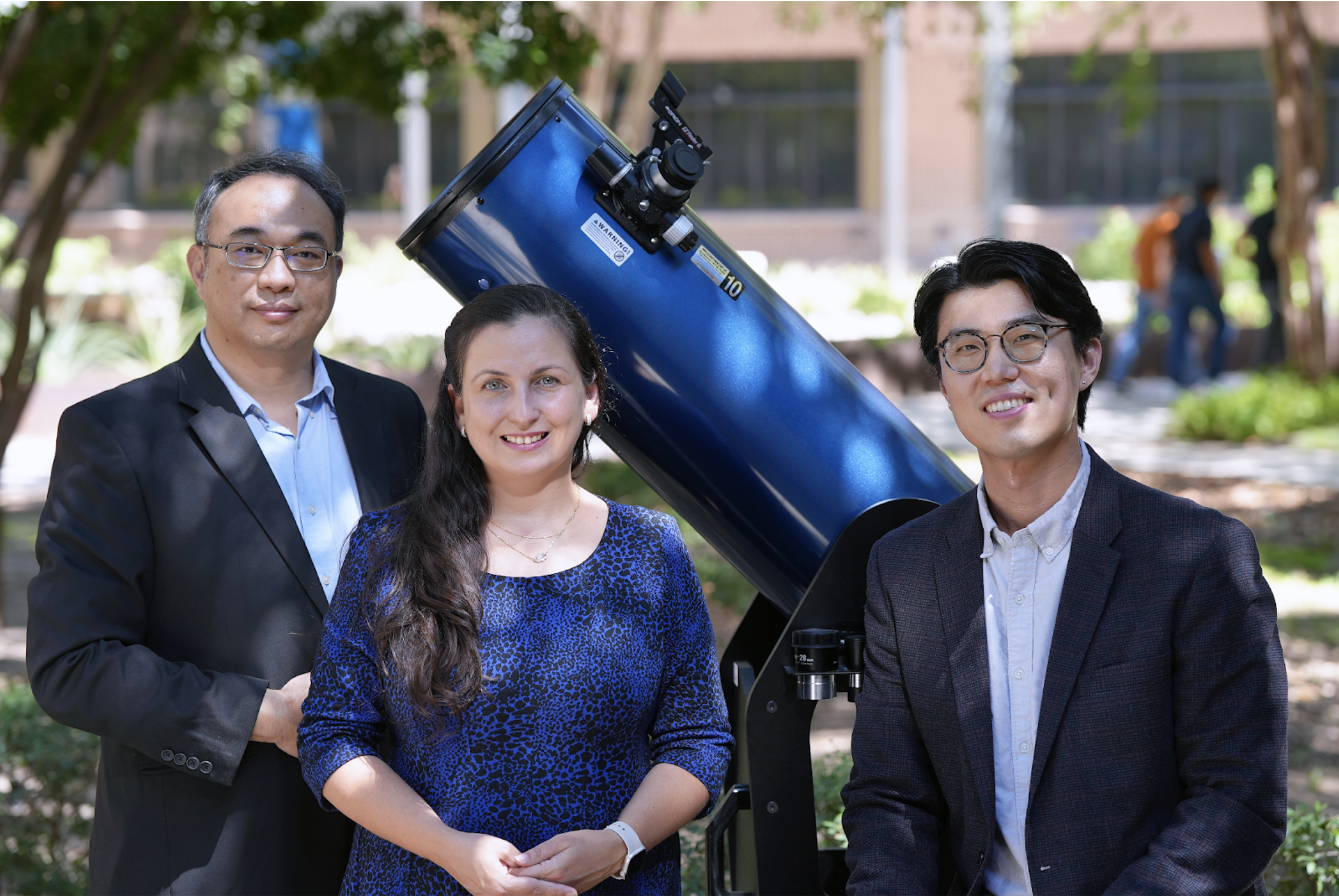
UTRGV receives $1.2M NASA grant
Timothy Chapman
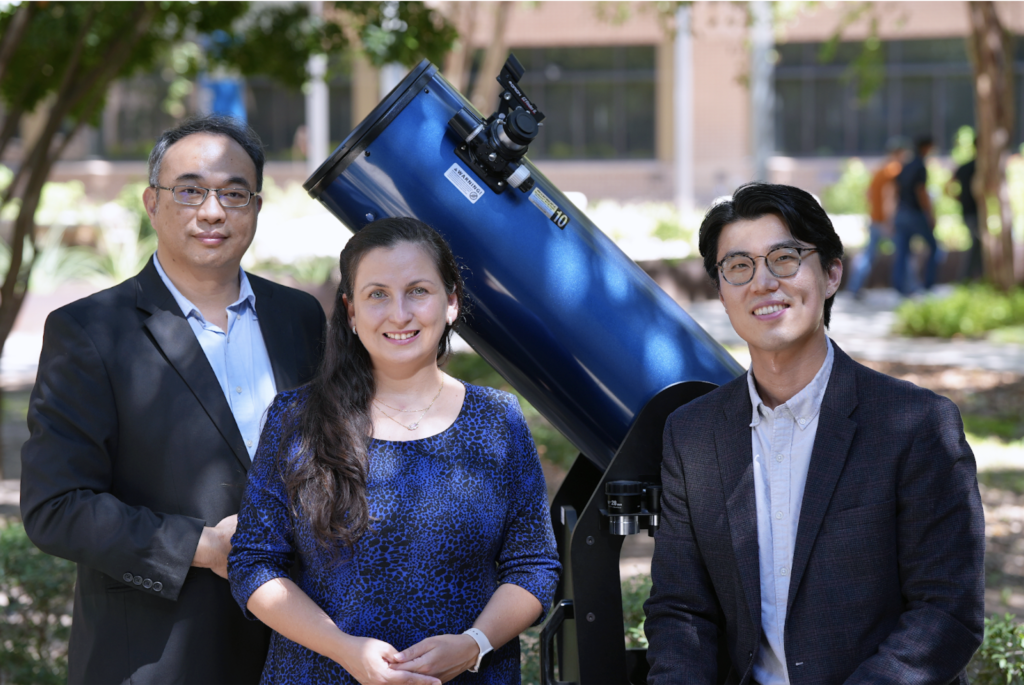
Courtesy photo / Engil Pereira
NASA awarded UTRGV and 18 other minority-serving institutions a $1.2 million grant for earth science research to help mitigate climate change as well as research other planetary sciences.
Principal Investigator of the Grant and Assistant Professor of the School of Earth, Environmental, and Marine Sciences Tian Dong said the grant is coming from the NASA office of STEM engagement, with the goal to help minority students become better candidates for the STEM industry.
“The grant has two main objectives. First, it will improve existing curriculums in earth, environmental sciences, including geomorphology, hydrology and soil sciences,” Dong said. “ “Then we will package these improvements into a course and share with faculties here at UTRGV and South Texas College. Part two of the grant is to send students to do internships in NASA centers, and research universities in the national labs.”
He expressed the goal for every school is for the graduating students to have the best career path opportunities, and with the internships that will now be available it will be more likely that graduates could find themselves working full time at NASA or other federal agencies.
“Regardless of whether they [students] will be able to work at NASA or not, they will get more skills in the STEM field, broadly speaking,” Dong said. “So, they can not only just work at NASA but they can work at other other federal agencies like the national labs, maybe go to graduate school.”
Associate Professor of the School of Earth, Environmental, and Marine Sciences and Civil Engineering Chu-Lin Cheng said NASA invests a lot of money in instrumentations like satellites and rockets to collect data that is happening on earth.
He mentioned that although the data is available to the public, not everyone has the skill set to fully utilize the data.
“We have extreme events like flooding, droughts, the impacts to agriculture, the plains grows or ecosystem health,” Cheng said. “We could really use this opportunity to train the students and the public about how to use this data. We could do a lot more things caring about our earth and environment.”
Associate Professor of the School of Earth, Environmental, and Marine Sciences Engil Pereira explained how the grant will improve the existing curriculums in her field.
“Linking this field with the NASA projects, we will be able to monitor in-class rates of deforestation,” Pereira said. “The effects of drought on plant production, the erosion of soils, soil moisture in several different parameters that impact soils here. So, our project looks into the biosphere versus this space. But in NASA it’s on this interface. They have all the satellites and instruments up there and those are used to monitor the earth and that’s how we’ll be linking.”
Dong said he is hopeful that this grant will bring a lot of attention to UTRGV which could hopefully lead to more students and new faculty wanting to come down to improve the quality of education.
This is Timothy Chapman for Vaquero Radio

